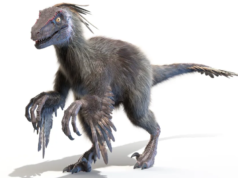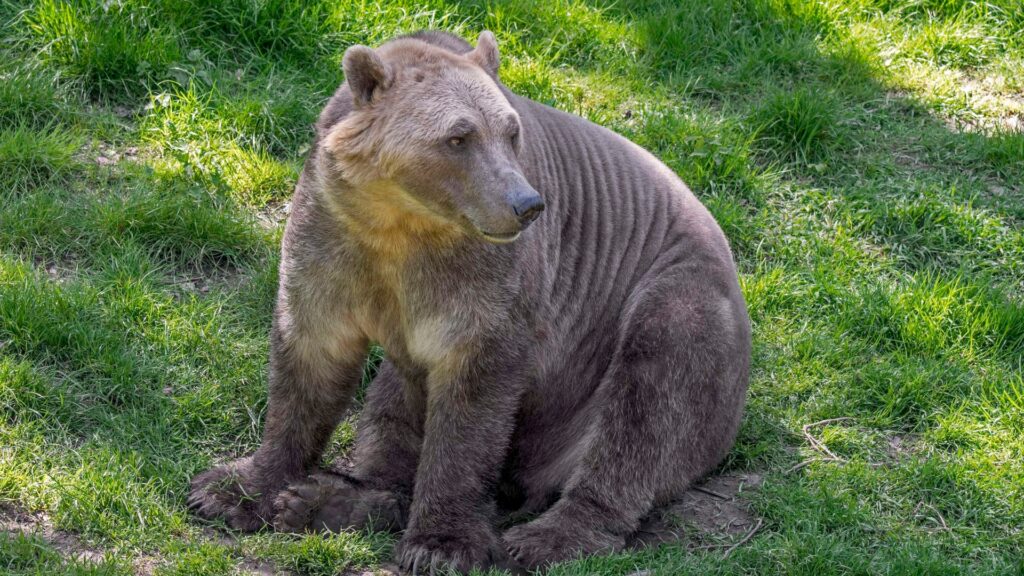
Grolar bears, also known as pizzly bears, are hybrids resulting from the mating of polar bears and grizzly bears. These unique animals are a great example of how animals can adapt to their environments when they need to.
The Origins of Grolar Bears
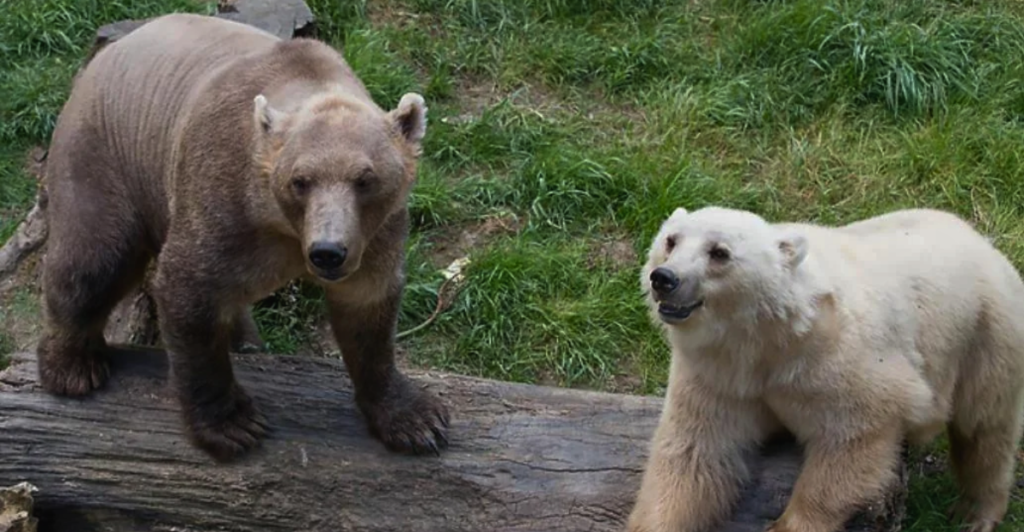
The first confirmed grolar bear was discovered in the wild in 2006 in Canada’s Northwest Territories. Genetic testing revealed it descended from a polar bear mother and multiple grizzly bear fathers. Since then, eight hybrids have been identified, all linked to this same female polar bear.
Physical Characteristics
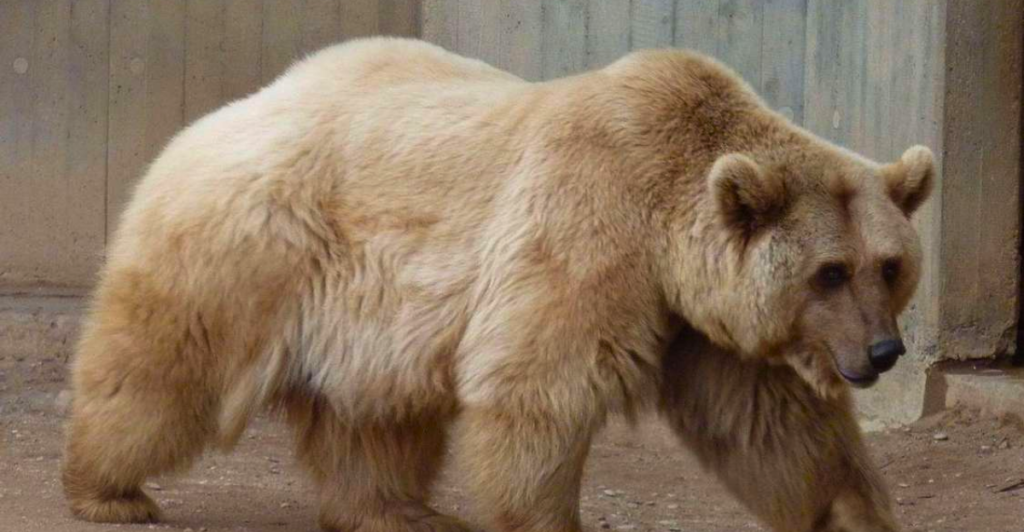
Grolar bears exhibit a mix of traits from both parent species. They tend to have creamy fur like polar bears but may also display brown patches typical of grizzlies. Their size is intermediate, being smaller than polar bears but larger than grizzlies, with features such as a humped back and long claws.
Habitat Overlap Due to Climate Change
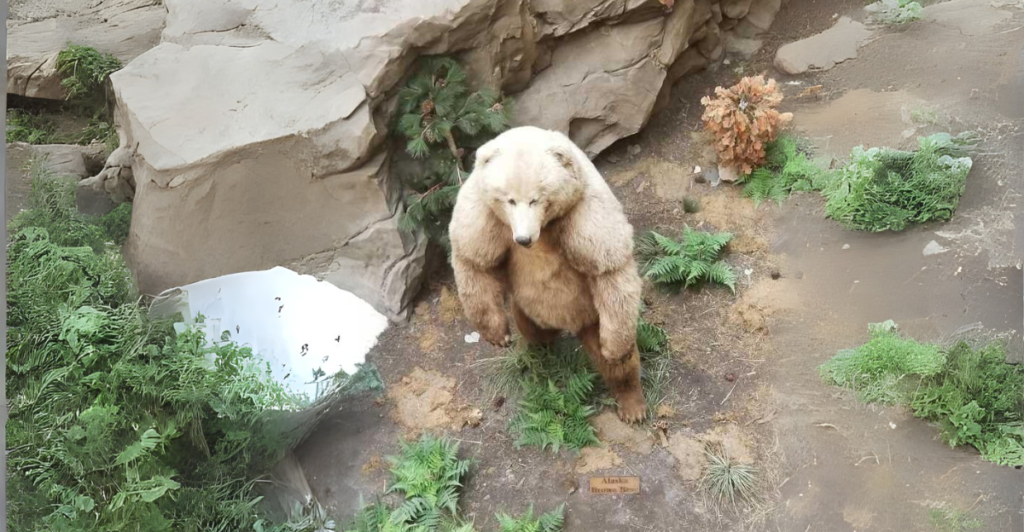
As climate change causes sea ice to melt, polar bears are spending more time on land, leading to increased overlap with grizzly bear habitats. This shift has facilitated more opportunities for interbreeding between the two species, resulting in the emergence of grolar bears.
Hybridization Process
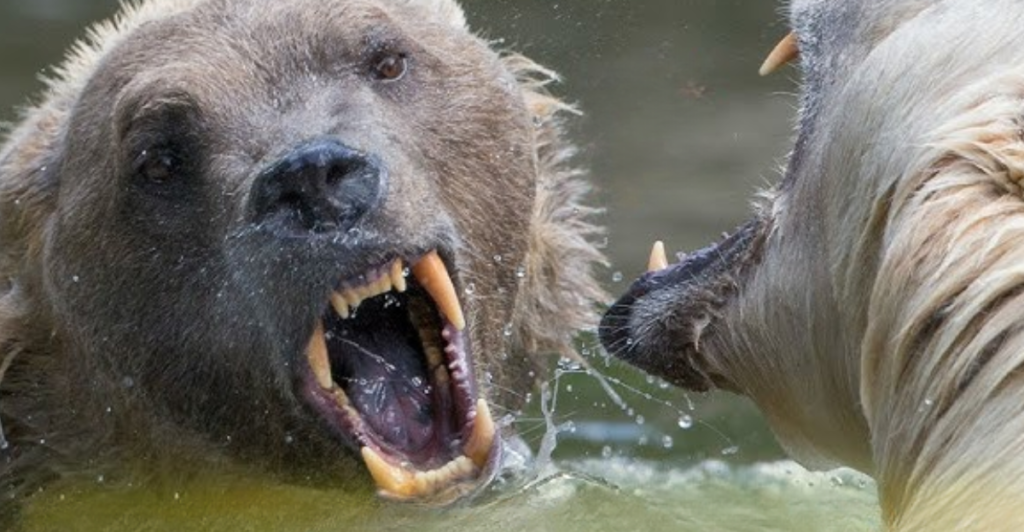
Hybridization occurs when male grizzlies mate with female polar bears. Male grizzlies often travel long distances in search of mates, while female grizzlies tend to remain closer to their cubs. This behavior has contributed to the occurrence of grolar bears in the wild.
Survival Challenges for Grolar Bears
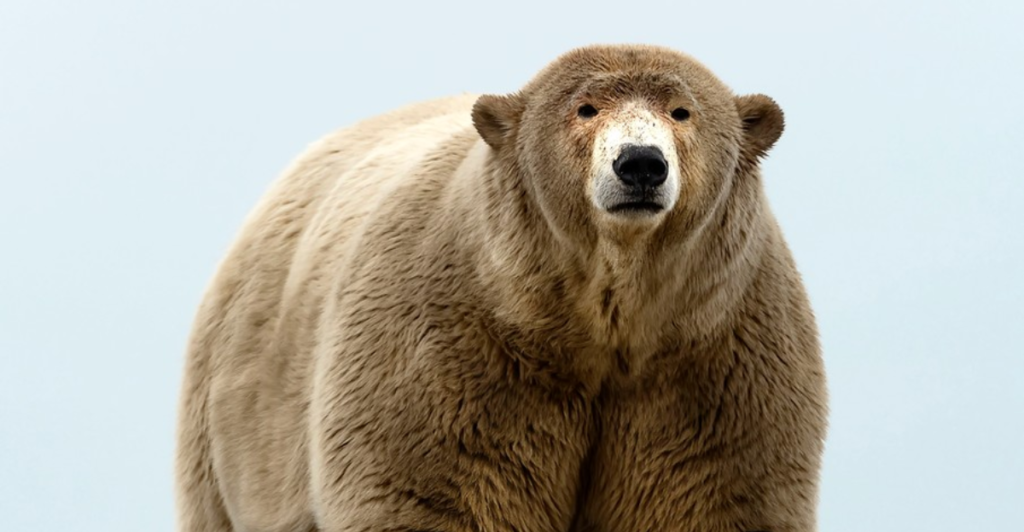
Despite their unique adaptations, grolar bears face significant survival challenges. They lack some critical adaptations that allow polar bears to thrive in Arctic environments, making them less likely to survive and reproduce successfully in the wild.
Genetic Insights
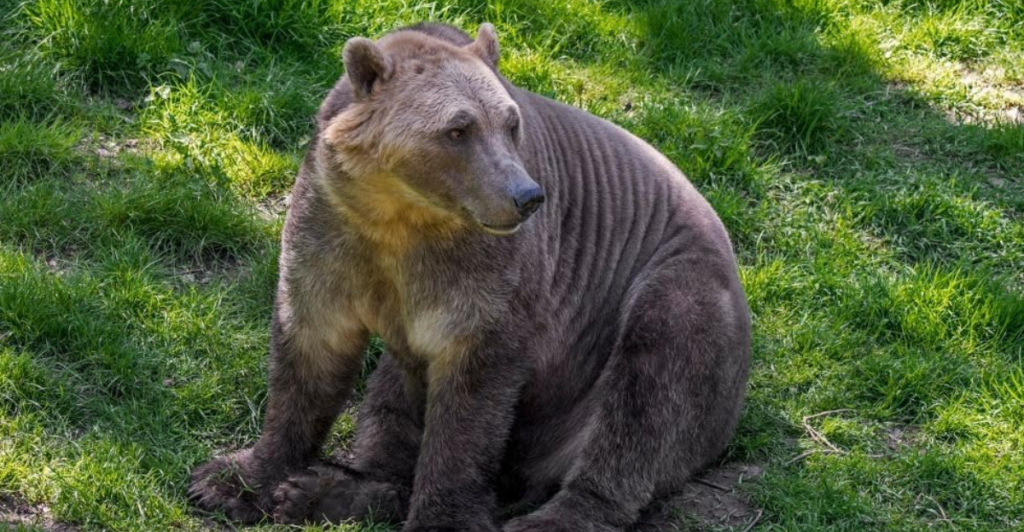
Research indicates that grolar bears are fertile, which is unusual for hybrids. This fertility suggests a relatively recent evolutionary split between polar bears and grizzlies, allowing for successful interbreeding under certain conditions.
Ecological Impact
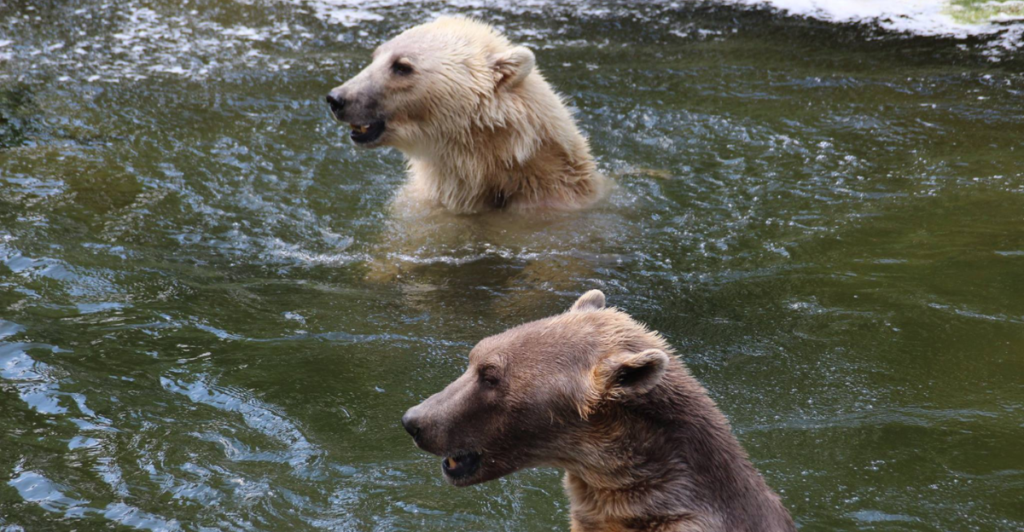
The presence of grolar bears raises questions about their ecological impact. While they are apex predators capable of hunting large prey, their mixed traits may not provide them with the necessary skills to thrive in either polar or terrestrial habitats.
Future of Grolar Bears
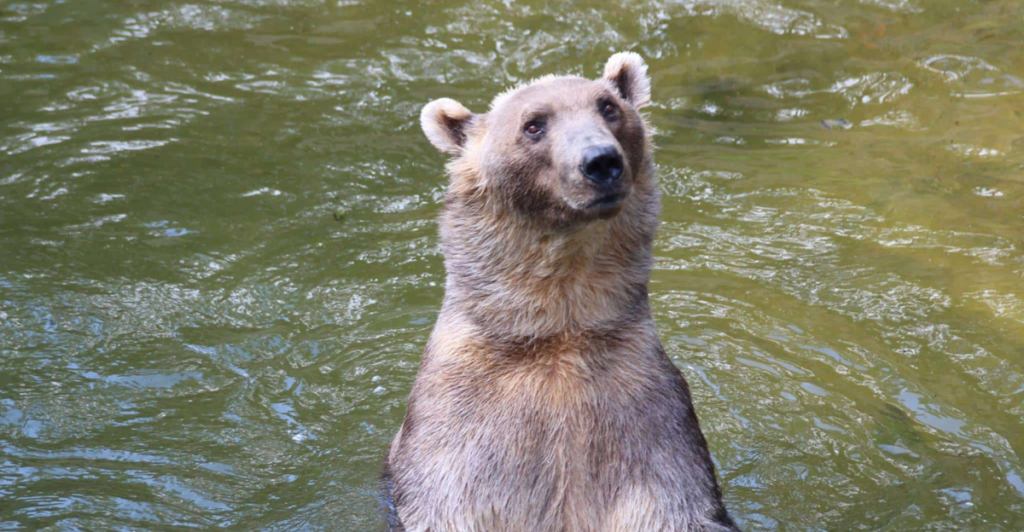
As climate change continues to alter habitats, scientists expect the number of grolar bears may increase. However, they caution that these hybrids are not a solution for declining polar bear populations and may struggle to adapt fully.
Conservation Concerns
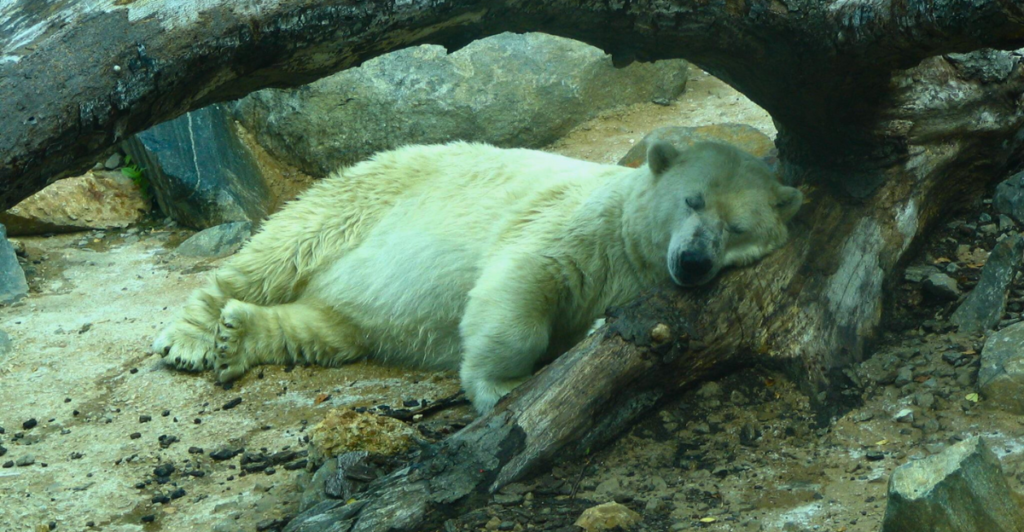
The primary threat to polar bears remains habitat loss due to climate change. While hybridization may occur more frequently, it does not necessarily benefit either species in terms of conservation or survival rates.
Research and Monitoring
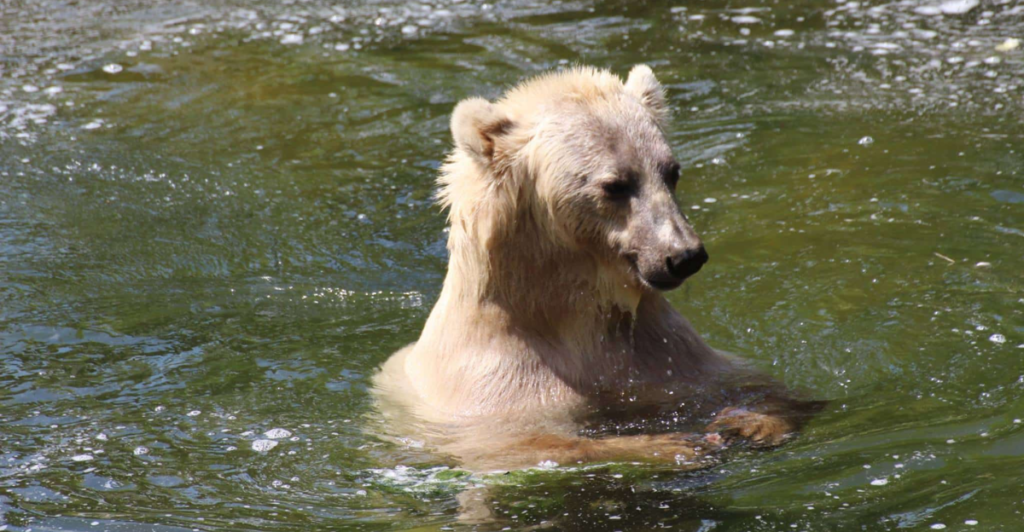
Ongoing research is crucial for understanding the dynamics between these hybrid bears and their parent species. Scientists are monitoring populations closely to assess how climate change affects their behaviors and interactions in the wild.
Public Awareness and Education

Raising public awareness about grolar bears and their significance can help foster support for conservation efforts. Understanding the implications of climate change on wildlife can lead to more informed actions aimed at protecting these species and their habitats.
An Intersection Of Species
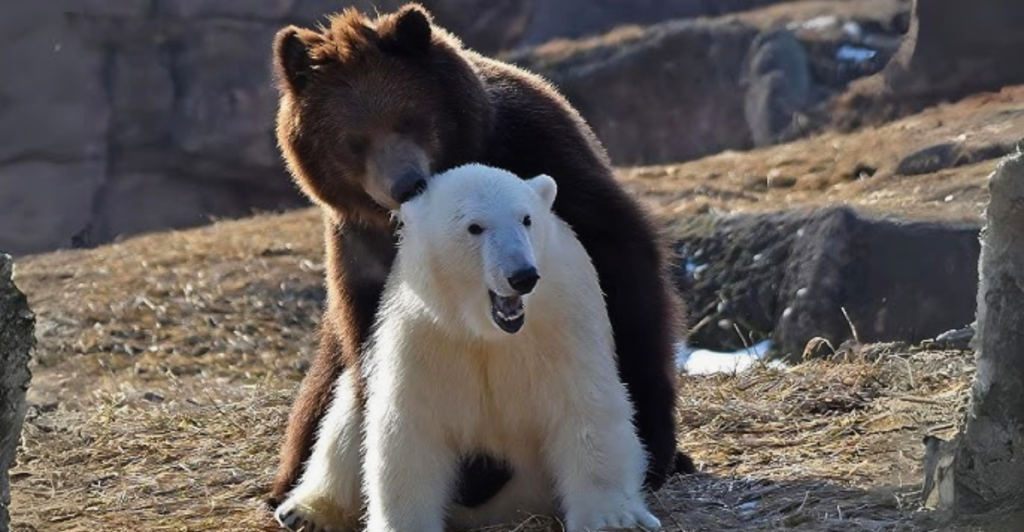
Grolar bears exemplify nature’s adaptability in response to environmental changes. While they represent a fascinating intersection of two species, their survival remains uncertain amid ongoing climate challenges. Protecting both polar and grizzly bear habitats is essential for preserving biodiversity in our changing world.
Discover more of our trending stories and follow us to keep them appearing in your feed

12 Bold Animals That Have No Fear of Predators – Nature’s Underrated Fighters
Top 10 Largest Domestic Cat Breeds by Weight
Colossal American Impact Crater Found—Three Times Bigger Than the Grand Canyon
8 Massive Ice Age Animals That Once Roamed North America
Stay connected with us for more stories like this! Follow us to get the latest updates or hit the Follow button at the top of this article, and let us know what you think by leaving your feedback below. We’d love to hear from you!



